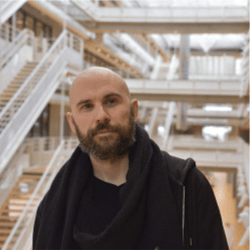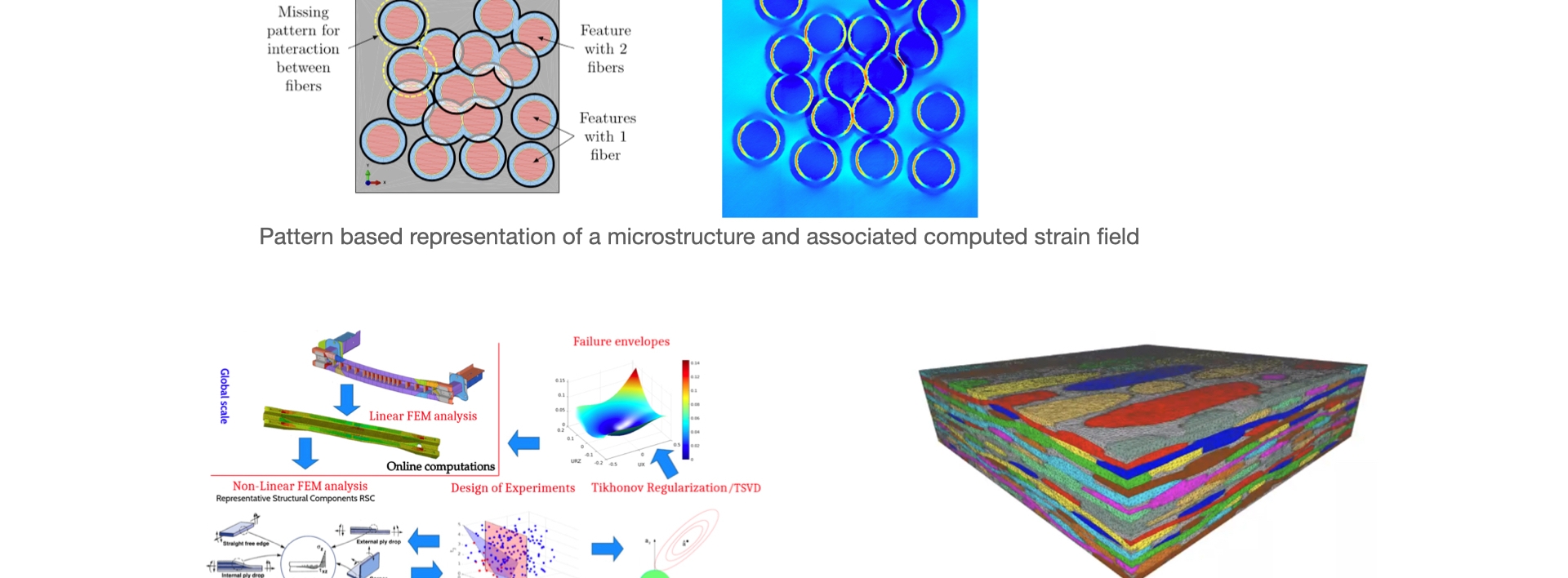MILA
RO4 : Mechanism materials
Activities
"Mechanism materials" are architecturally structured materials with at least 3 scales of organisation (micro/meso/macro) in 2D or 3D, and made up of at least 2 constituent materials with a very strong contrast in properties (one of which is often a material absence). In terms of geometry, these materials can be quite similar to those of the Biomechanics and Living Materials OR, but they do not exhibit biomechanical coupling and are usually artificial. The most common example is the "honeycomb", made up of walls of material creating a hexagonal paving.
Because of this contrast and interplay of scales, these materials exhibit behaviour (elastic, elastodynamic, plasticity, instability, etc.) that is based on "mechanisms". Depending on the architecture, this may be tensile or bending deformation of the walls or a combination of both. If the rotational stiffness of the connections is very low compared to the stiffness of the walls/beams, the material can approach a lattice/portico-type behaviour.
These characteristics therefore make them attractive materials both scientifically and industrially, conquering new areas of the Ashby diagrams, often with the advantage of being very "functionalizable" (optimization of energy absorption, specific deformation, wave transmission, etc.). The difficulty is their modelling (calculation in raw force being unthinkable due to the differences in internal scales), because the classical homogenisation theories are not necessarily applicable. Moreover, their apparent behaviour is often not limited to a Cauchy elastic model. Finally, their production method, which is mainly additive manufacturing, is still poorly mastered and the real characteristics of these materials must therefore be evaluated experimentally.
This line of research, which is still recent in France and internationally, is being pursued here with other academic partners through joint projects (MSME, PIMM, IJLRDA, GEM, Imath), with the LMPS expertise being the implementation of ad hoc experimental approaches.
Manager

MILA team
Martin PONCELET
Senior lecturer
Head of the Materials with Mechanisms research project
